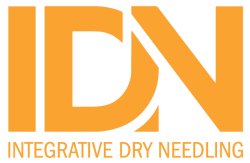The effectiveness of dry needling for plantar fasciitis: a systematic review and meta-analysis
Front Neurol. 2024 Dec 18;15:1520585. doi: 10.3389/fneur.2024.1520585. eCollection 2024. ABSTRACT OBJECTIVE: To evaluate the effectiveness of dry needling (DN) on pain and



